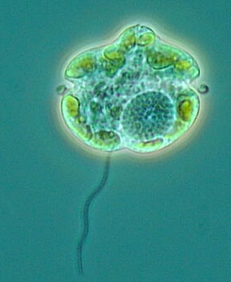 My mum is a trained programmer, but it seems that I’ve inherited nothing of this knowledge. Several times we’ve sat down together and she jots down diagrams for me – “so this is the server… It sits in location X… And this is you, sat here…” And the good old “so this is a computer.. Binary.. On or off..” I stare blankly at the page, “uh-huh”.
My mum is a trained programmer, but it seems that I’ve inherited nothing of this knowledge. Several times we’ve sat down together and she jots down diagrams for me – “so this is the server… It sits in location X… And this is you, sat here…” And the good old “so this is a computer.. Binary.. On or off..” I stare blankly at the page, “uh-huh”.
But I love the brain. And what more is the brain than a highly complicated cognitive system, our own personal “computer”? I mean sure, the binary is not so binary but then again – a neuron either fires or not. An action potential is either propagated or it is not. So perhaps I have inherited some of her curiosity for computational information systems.
The more I dive into neuroscience, the more it becomes apparent that without the application of computation and algorithms, it will never be possible to understand whole-brain functioning. We can now isolate neurons and can analyse how they function independently. We can grow neuronal cells in petri dishes and study groups of neurons. But the complexity of the brain is underpinned by a highly complicated neuronal architecture. That is the billions of cells that integrate and process information to form the neuronal networks governing decision-making, memory, thought and action.
In order to understand how the physical functions within brain cells translate into mental function, including our sense of consciousness, memory and thought, we must study the brain as a whole. Despite the rapid progress in our understanding of the brain, we are yet to understand how the physical happenings translate into our sense of consciousness and cognitive processes. This is where it becomes integral to use computational models of cognition to explain how the brain functions.
Why do we need computational models in cognitive neuroscience? Why can’t we learn what we need to know about the neural basis of cognition through rigorous experimental investigation?
Continue reading →














